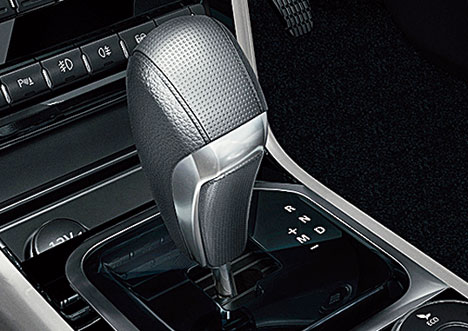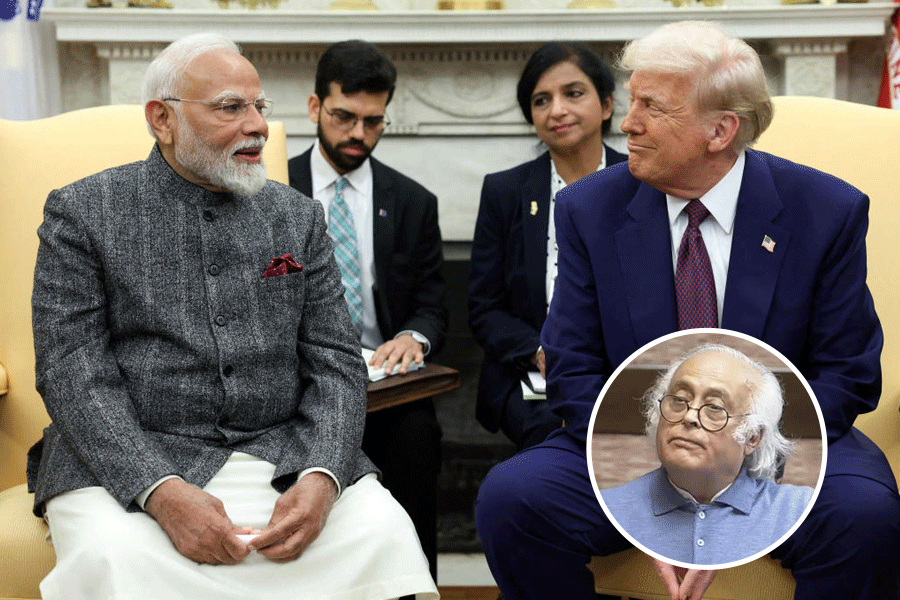
How often do you drive in rush hour traffic, clutching and declutching ever so often as you are forced to shift gears? And how many times in such situations, as you get increasingly fatigued, have you wished that you had a car with an automatic transmission so that you could bypass this chore. Well, you are certainly not alone.
An increasing number of drivers in India’s cities are feeling this need and car manufacturers have been only too willing to cater to this demand. But the so-called automatics aren’t a homogeneous lot and there are three major variants that cars are coming equipped with — traditional torque convertor automatics, automated manual transmission (AMT), and constantly variable transmission (CVT). Here’s what they are.
AMT



The automated manual transmission, or AMT, is the least expensive option when it comes to transmissions where the driver doesn’t need to shift through the gears. As the name suggests, it is a manual transmission, that is, it retains the manual gearbox, but comes with a device that sits on top of that and does the chore of clutching and shifting through the gears of that box on the driver’s behalf. As far as the user goes, there’s not much of a difference in operation between this and a traditional ‘torque convertor’ automatic. An AMT is easy to recognise from the markings next to the gear lever in that it does not have a P, or ‘parking’ setting. Some companies use alternative names for this mechanism.
This type of transmission has gained popularity in a price- and fuel-efficiency sensitive market like India because adding it wouldn’t bump up the price of a model as much as it would if the manual gearbox were replaced with an automatic one. In most cases, one does feel the jerks during shifting a bit more than in an automatic as one of the main actuators of shifts is the throttle input and one sometimes feels that the AMT is staying a shade too long in a lower gear.
Still, the tradeoff between smoothness and price is not one to ignore. While a fully-automatic gearbox can add close to Rs 1 lakh to a car’s cost for the same trim level, an AMT would increase the price by just about half that amount. That becomes significant at the highly competitive lower end of the market. Incidentally, this technology, in a modified form, has come into passenger cars from Formula 1 race cars.
Some brands making cars with AMT: Maruti Suzuki, Tata Motors, Renault, Datsun.
TRADITIONAL AUTO GEARBOX

Like a manual, this one, too, is based on gearing steps. But unlike manuals or AMTs that use a dry plate clutch to transmit the power from the engine to the gearbox and can be disengaged to let the engine keep turning even when the car is standing still, automatics connect the gearbox to the engine using a torque convertor bolted onto the flywheel.
A torque convertor uses a fluid that is churned by fins inside a flattish, drum-like container to turn a second vaned wheel that connects to the gearbox through a shaft. So the torque from the engine is transmitted through the fluid rather than a solid component. Which is why it’s sometimes referred to as fluid drive. This whole clutch-plus-gearbox is bigger, heavier and more expensive than a manual gearbox. That is why it is typically found in higher-priced models, or higher variants of less expensive cars.

Earlier, there used to be a lot of difference in fuel efficiency between manuals and automatics, but the gap has narrowed significantly now. Still, there’s some loss of efficiency compared to a conventional dry clutch because it’s a fluid connecting the engine and the gearbox and it wastes some energy. Modern cars now have auto gearboxes with even nine ratios — compare that with manuals that usually have five or six — making the shifts almost imperceptible. Probably the one to go for if funds aren’t a constraint.
Some brands making cars with automatics: Ford, Toyota, Jeep, Audi, BMW, Mercedes-Benz.
CVT

The continuously variable transmission, or CVT, is kind of transmission is the smoothest in theory as there are no fixed gear ratios to shift between. Two tapering pulleys, one connected to the engine and the other to the drive shaft, are, in turn, connected by a belt stretched over them. As the name implies, the pulleys move in relation to each other in effect changing the ratios, but do so in a stepless way.

The mechanism is smaller and less complicated than that of a torque convertor automatic, but it is usually not hugely cheaper than a torque convertor automatic. Also, earlier there used to be two issues with CVTs — delayed throttle response and slow starts — which have now been sorted.

Some companies are using a toothed gear in the system for the lowest ratio to get the vehicle moving and tweaked the rest of the mechanism to adjust faster to how hard the driver is pressing the accelerator. On the whole, going by the latest generation of CVT cars, they are possibly the smoothest. The thing is that is a problem with some people as the car doesn’t give the frantic feeling that many associate with ‘sportiness’ in manuals or automatics. So much so that, some companies are artificially building that in as well. All in all, the CVT is a pretty cool option now.
Some brands making cars with CVT: Hyundai, Toyota, Honda.












